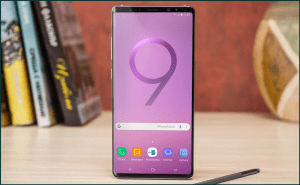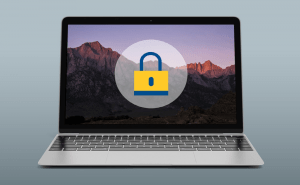 Beware of e-mails telling you to upgrade to Windows 10
Beware of e-mails telling you to upgrade to Windows 10
Just like there can be no good concerts or sports events without people trying to sell tickets at exorbitant prices on the black market, there can't be any big Internet-related happenings without a few hackers trying to spoil the fun. Since Windows 10 is the biggest current rend (and can probably still be for a little while longer), these unsavory people quickly came up with a new scheme to make money from their victims. On that note, in case you receive an official-looking e-mail that claims to help you upgrade to Windows 10, don't click on any of its embedded links and don't download its attachments as you will probably get infected with ransomware.
According to a recent entry posted on Cisco Systems’s company blog, hackers are using people's naivety and their excitement regarding Microsoft latest operating system to infect their PCs with viruses. The latest wave of attacks involves ransomware (a particularly annoying type of malware) that blocks your entire PC and asks you for money in order to regain control. (It will look very much like the image to the right). It seems that a lot of people have made reservations on Microsoft's website to receive Windows 10 as soon as possible, and when they receive an e-mail telling them that the update has arrived, most can't resist the temptation. Unfortunately, the attached ZIP file contains ransomware called CTB-Locker which encrypts (or claims to encrypt) your files and demands payment within 96 hours or the files will be locked for good.
In case you are wondering how not to be a victim of these attacks, here are the two things you need to remember: first, always backup your important files on an external storage device or on the Internet and second, Microsoft will never send you e-mails with embedded links or attachments for upgrading to Windows 10. When your update is ready, the IT giant will simply push it to your PC with a simple Windows notification, it doesn't need to use an e-mail service. If you're already infected with this ransomware, I can't give you a bullet-proof solution as I didn't face this exact virus yet. However, past experiences with ransomware though me that installing a new Windows over the one which got infected and seeing if you can access your files might be a good start.





